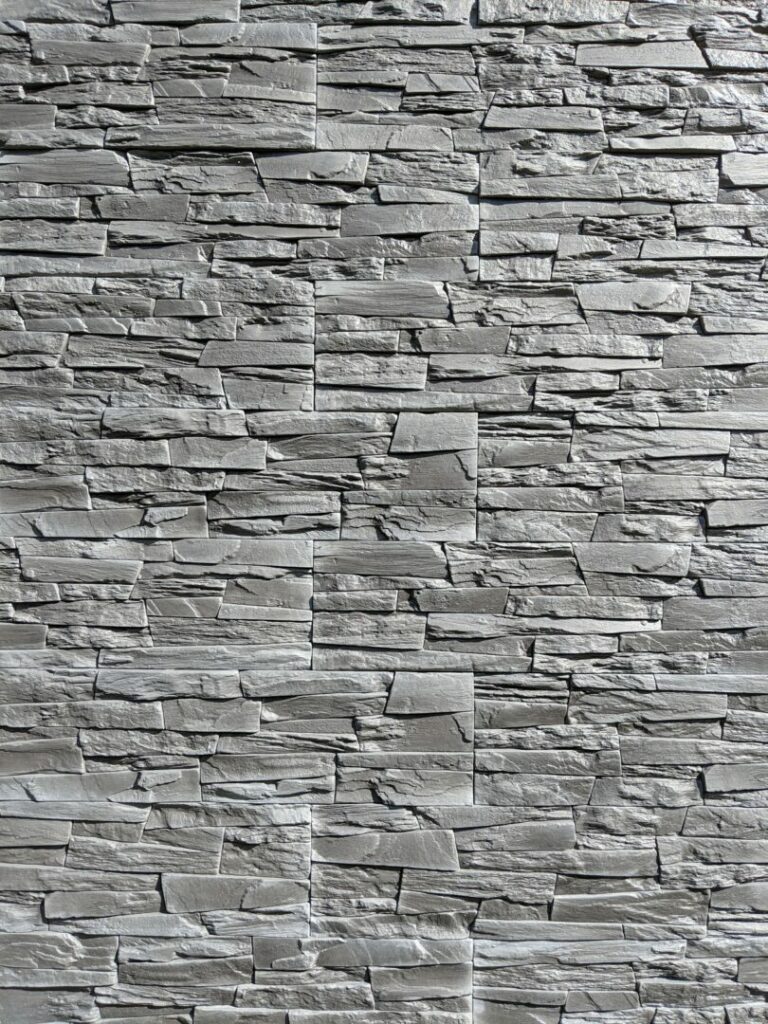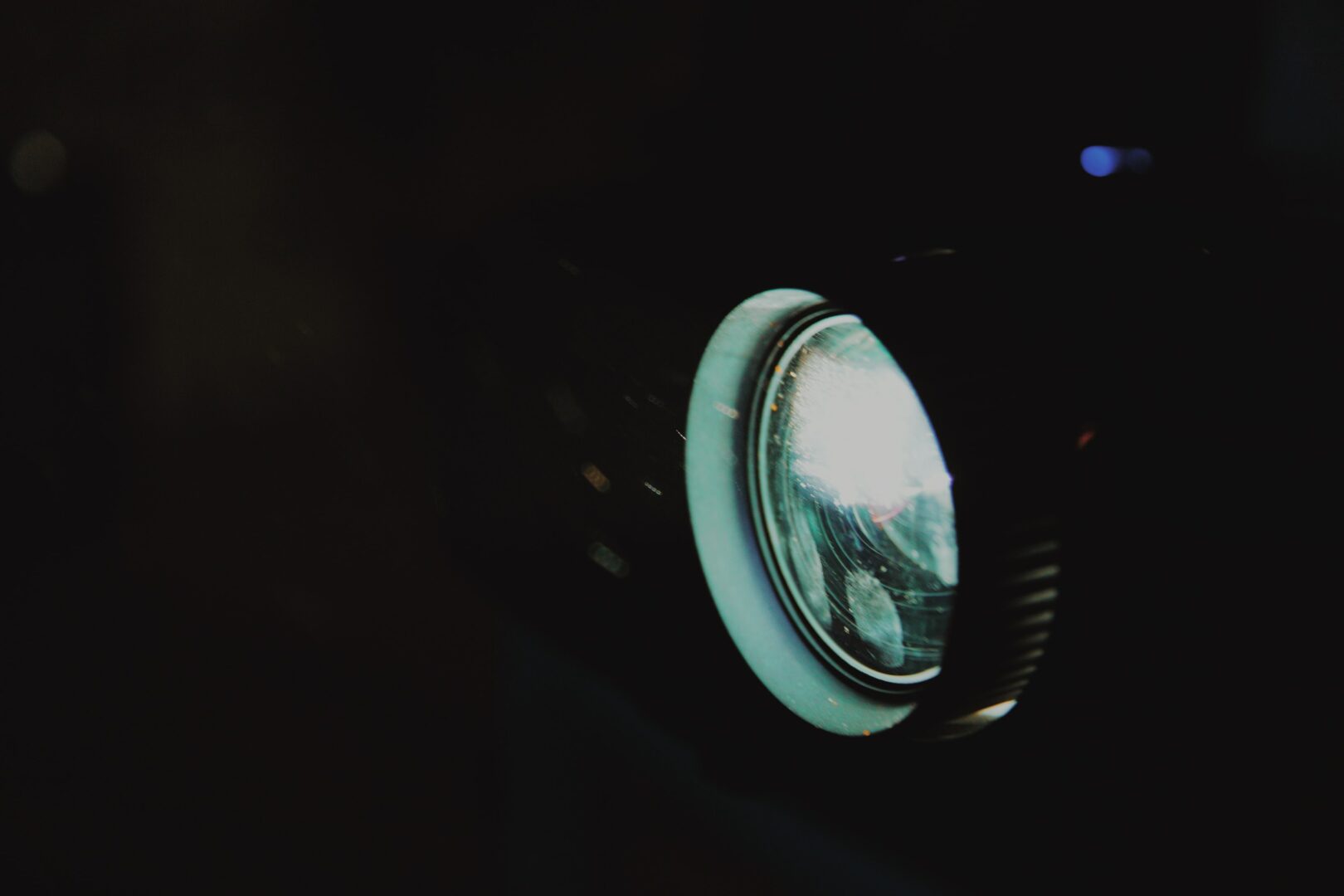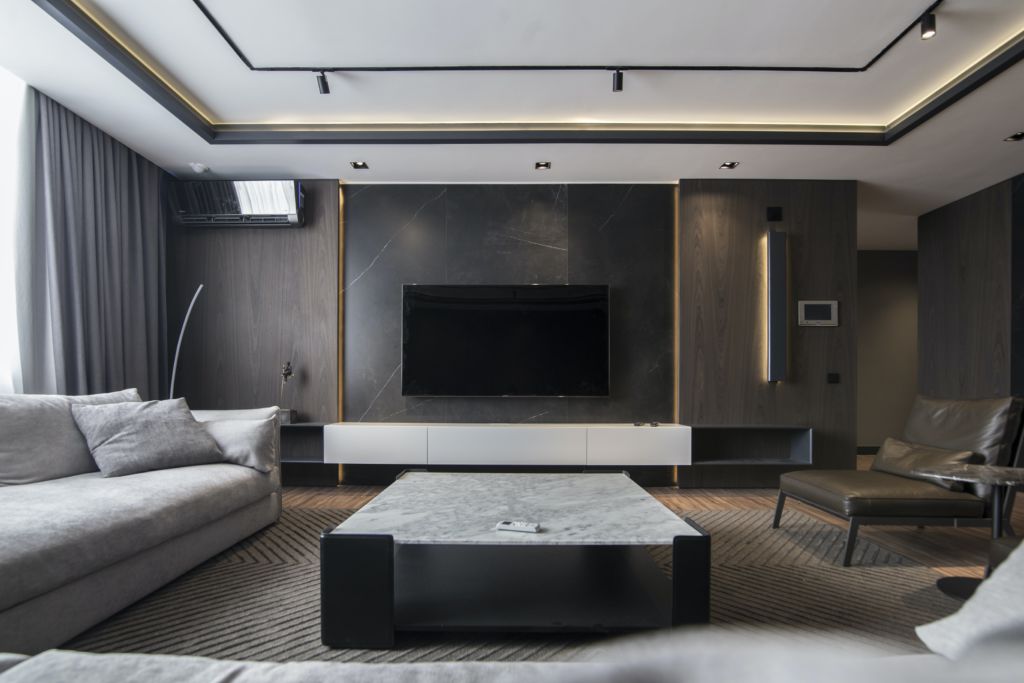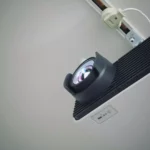Does The Color Of The Wall Matter For A Projector?
Does The Color Of The Wall Matter For A Projector?

Yes the color of the wall matters for a projector as this will directly influence the image quality you experience. You can use any color, however grey is typically thought of as best due to its balance between reflectivity and light absorption. This is all dependent on your particular viewing conditions since some colors are best suited to specific environments.
Does the color of the wall matter for a projector?
It’s a good question really.
Quality home theater projectors can be a great alternative to the standard television in the living room — with the innate benefits of similar picture quality while being much more portable.
You might even be aware that projector screens are typically used in conjunction with these devices.
However if you decided to instead simply project directly on to your wall, does the color of that wall impact the picture quality?
We’ll answer that specific question while informing you of what to keep in mind in this helpful guide!
The Texture Of The Wall Matters

So before we get into how color can interact with the image quality, the preceding thing to keep in mind before you do anything is considering the type of wall you plan to use your projector with.
Remember, a projector screen is generally more favorable for image quality due to the fact that they typically have a special coating (that walls don’t have) that helps to improve the amount of light they reflect.
This will end making the image appear brighter.
While you can you can take the simpler approach of projecting on to your wall, it’s usually the less recommended option.
But here’s the thing, the texture of the wall that you use will have a direct impact on the quality of the image you see.
If you run your hand across the wall, it’s possible you might still feel somewhat of a texture even if the wall looks smooth from a distance.
If the wall has a small amount of texture, that’s actually fine since it can help to slightly diffuse the incoming light providing for a more balanced picture.
With smooth surfaces, I’ve noticed when there’s a lot of sunlight it can sometimes reflect off it.
However on the flip side if the wall is too textured, that’s where problems can arise.
When there’s really uneven walls, this can cause shadows to form in various areas – causing the image itself to look lose clarity and luminance.
So long story short, make sure the wall you use isn’t all over the place in texture.
What Color Should Your Wall Be For A Projector?

So when it then comes to choosing the best color background for the projector, what color should the wall actually be?
This is actually going to depend on a number of things, but generally speaking, I think opting for some sort of lighter grey when projecting onto a wall tends to work really well in my opinion.
Grey provides the best balance between absorbing just enough light to which could help with viewing angles of your TV, while reflecting enough light to still offer a satisfactory image quality.
A lighter grey is preferable as it’ll provide just enough light reflectivity for acceptable white levels while still offering some of the benefits that a darker tone would.
A general tip is to use the color grey if your projector outputs more than 3400 lumens in terms of brightness, since I’ve found this to generally be around the luminance area where the cone of viewing starts to diminish.
Do projectors Work Better On Grey, White, Or Black Walls?

But will your projected image look better on grey, white, or black walls?
I would still generally say grey; except with the caveat that it depends on your viewing conditions.
White Projector Screen Walls
For example let’s start with the color white.
When using a white wall for a projector screen, these surfaces can be considered neutral gain meaning they reflect light all around them.
While this allows them to produce the highest white levels in content, giving a very bright image, this isn’t ideal for home theater rooms where the environment may be dark.
This reflected light could interact with the image and diminish how it looks both in terms of colors and visibility.
But even during the day if there’s lots of sun light or ambient light coming from windows and skylights for instance, the color white will have more trouble accurately reproducing the deepest black levels.
This could leave the on wall screen image looking less dynamic overall.
White also has the least forgiving viewing angles compared to the others due to its reflectivity.
That means if you have seating that’s positioned off to the sides and off axis, you’ll might get a worse image quality in those positions.
Black Projector Screen Walls
With black projector walls, since the color is technically the absence of light, it absorbs more of it which tends to give the colors on screen more pop and higher viewing angles comparatively.
This makes it great to use if image fidelity is the utmost concern.
However, the drawback with using the color black is that depending on the capabilities of the projector, the projected image on a black surface may not be as bright comparatively, needing more luminance overall.
Also while great for a media room during movie night for example where it’s dark, in a brightly lit living room setting it can make the space seem more compact from what I’ve noticed.
Grey Projector Screen Walls
A grey surface tends to balance the advantages and disadvantages of both with retaining more image fidelity than white walls and higher brightness than black walls.
Though a caveat is that tones of white may appear slightly grey in lower power projectors.
Will A Projector Work On A Colored Wall?
What if your wall isn’t grey, black, or white?
What if it’s a wall of a different color; will a projector work on a different colored wall?
Luckily yes it will.
In fact, some projector makers include some sort of mode or modes that’ll account for reflectivity or tone of the wall, and adjust color levels to give a more accurate image.
Even if your projector doesn’t have this feature, just consider the shade of the wall.
Is it a darker or lighter shade?
That’ll give you an idea of what conditions your projector will work best in and the kind of picture quality you’ll experience with that particular wall.
Do You Need Special Paint On Wall For A Projector?

Now what about the paint itself, does it need to be of a particular kind?
Ideally, for the best picture quality, yes.
There actually exists a type of paint specifically for use with projectors.
This projector screen paint is made with the intention of optimizing viewing quality.
There’s all kinds of shades and colors, but the kind that’s best for you is really going to depend on the kind of room you plan on watching your content in.
An extremely bright environment might find black to be the best color for an adequate projected image, whereas the typical darker home cinema room might find white more favorable.
Another helpful piece of advice is to outline the perimeter of your viewing wall with a dark border since that can help augment the perceived contrast in your image, making it look more vivid.
It can also temper any potential light bleed, which can distort the presentation of your image.
Projector Screen Felt Tape Border
Final Thoughts

So in summary, yes the color of the wall or background you use matters since this directly influences the image quality you experience.
Grey is typically chosen because it offers the best balance between picture brightness and viewing conditions.
However there are some instances where a white or even black surface may be the better choice.
Keep this in mind and you’ll be enjoying fantastic picture quality in no time.
But that’s all for now.
If you have any questions then definitely ask, and leave a comment below letting me know your thoughts.
Until next time.
Make it easy, keep it simple.
About Me

Jay
Hey everyone it’s nice to meet you. I'm Jay, writer & founder of the site Easy Home Theater. I've been with this hobby of home entertainment for many years now. I decided to create this site to be a helpful resource, and share everything that I've learned from personal experience with you. I also happen to be a huge gamer, lover of all things tech related, and a major fitness buff (love weightlifting)
Contact: Contact Jay
Facebook: https://www.facebook.com/Easyhometheater/
X: https://x.com/easyhometheater
Pinterest: https://www.pinterest.com/easyhometheater/pins/
Instagram: https://www.instagram.com/easyhometheater/
Followit: https://follow.it/easy-home-theater
Bluesky: https://bsky.app/profile/easyhometheater.bsky.social







Leave a Reply